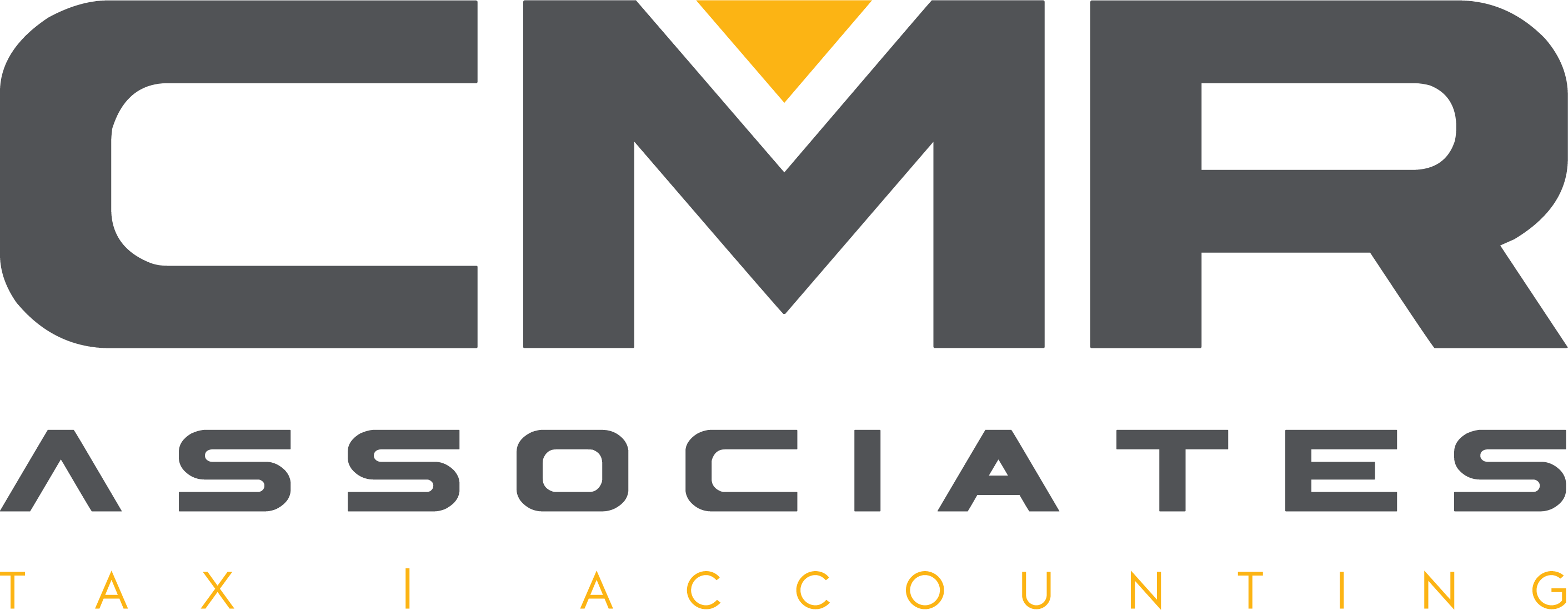
We all know the cost of college is expensive. The latest figures from the College Board show that the average annual cost of tuition and fees was $10,230 for in-state students at public four-year universities — and $35,830 for students at private not-for-profit four-year institutions. These amounts don’t include room and board, books, supplies, transportation and other expenses that a student may incur.
Two tax credits
Fortunately, the federal government offers two sizable tax credits for higher education costs that you may be able to claim:
1. The American Opportunity credit. This tax break generally provides the biggest benefit to most taxpayers. The American Opportunity credit provides a maximum benefit of $2,500. That is, you may qualify for a credit equal to 100% of the first $2,000 of expenses for the year and 25% of the next $2,000 of expenses. It applies only to the first four years of postsecondary education and is available only to students who attend at least half time.
Basically, tuition, course materials and fees qualify for this credit. The credit is per eligible student and is subject to phaseouts based on modified adjusted gross income (MAGI). For 2019, the MAGI phaseout ranges are:
- Between $80,000 and $90,000 for unmarried individuals, and
- Between $160,000 and $180,000 for married joint filers.
2. The Lifetime Learning credit. This credit equals 20% of qualified education expenses for up to $2,000 per tax return. There are fewer restrictions to qualify for this credit than for the American Opportunity credit.
The Lifetime Learning credit can be applied to education beyond the first four years, and qualifying students may attend school less than half time. The student doesn’t even need to be part of a degree program. So, the credit works well for graduate studies and part-time students who take a qualifying course at a local college to improve job skills. It applies to tuition, fees and materials.
It’s also subject to phaseouts based on MAGI, however. For 2019, the MAGI phaseout ranges are:
- Between $58,000 and $68,000 for unmarried individuals, and
- Between $116,000 and $136,000 for married joint filers.
Note: You can’t claim either the American Opportunity Credit or the Lifetime Learning Credit for the same student or for the same expense in the same year.
Credit for what you’ve paid
So which higher education tax credit is right for you? A number of factors need to be reviewed before determining the answer to that question. Contact us for more information about how to take advantage of tax-favored ways to save or pay for college.




